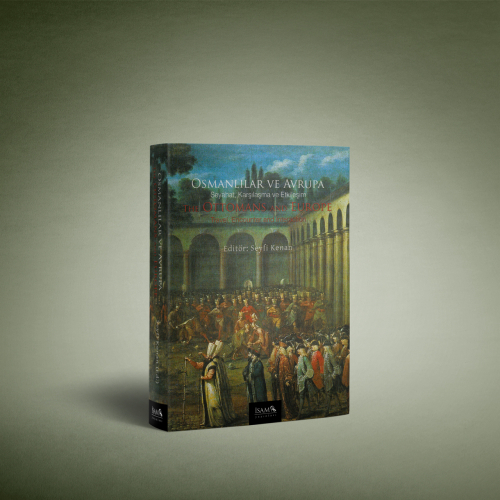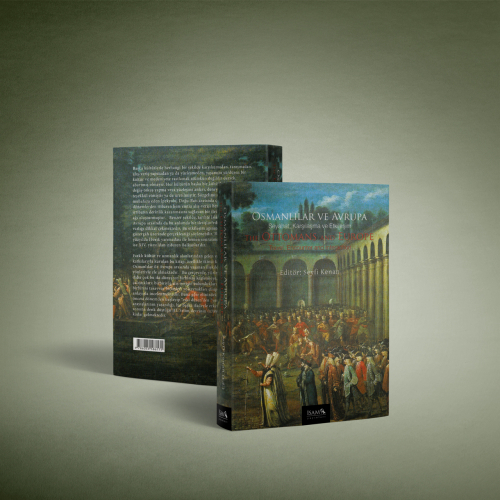Osmanlılar ve Avrupa: Seyahat, Karşılaşma ve Etkileşim/The Ottomans and Europe: Travel, Encounter and Interaction
It would not be an overstatement, I assume, if we were to voice the idea that it is impossible to come across a culture and civilization that has managed to survive without encountering, knowing, exchanging goods and ideas with, or even confronting different cultures in one way or another. The moments of encounter, exchange or confrontation of any culture with another have either evolved in a spontaneous flow or generated in some way. The Silk Road, for instance, not only created a significant opportunity for the exchange of goods between East and West, but also formed a web of communication and interaction that deepened cultural contact between societies for centuries. Similar channels of communication and interaction between the Muslim world and Europe can be found throughout history. This network of interaction was formed via two passages; the first was in Iberia in the 8th century, shortly followed by Sicily, while the second was in the Balkans beginning from the 14th century.
This compilation of articles primarily examines the second encounter which took place between the Ottomans and Europe from multiple perspectives, covering topics ranging from journeys to the transfer of knowledge and technology. Authors, coming from different cultural backgrounds with differing areas of research interest, and who have also benefited from interdisciplinary analyses, attempt to focus on the domains where these two worlds came together to learn about, discover and trade with one another in peace rather than more common issues, such as confrontations or wars. Therefore, the scope of this work begins with pre-Ottoman period and ends at the close of the 18th century, which coincides with the middle of the era of Selim III (1789-1807), when the Ottomans were searching for the transition from the ancien régime to the new order.

